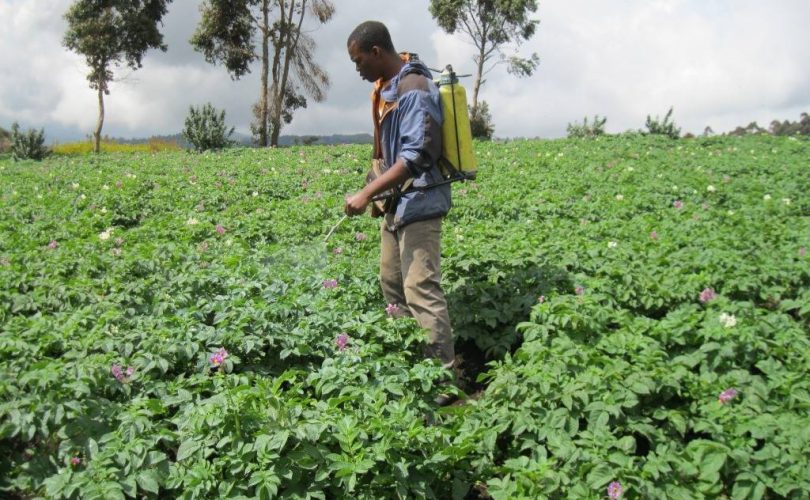For local small-scale farmers of Irish potatoes, implementing best practices can greatly contribute to the success and profitability of their operations. Here are some key practices to consider:
- Soil Preparation and Management:
- Conduct soil tests to determine the soil’s nutrient levels and pH, and apply appropriate fertilizers and amendments accordingly.
- Practice crop rotation to reduce disease and pest pressure and maintain soil fertility.
- Implement proper irrigation and drainage systems to ensure optimal soil moisture levels.
- Seed Selection and Preparation:
- Use certified disease-free and high-quality potato seeds from reliable sources.
- Choose potato varieties that are well-suited to local growing conditions and market demand.
- Prioritize seed treatment to minimize the risk of diseases and pests.
- Planting and Crop Management:
- Plant potatoes at the right time, taking into account local climatic conditions and expected growing season.
- Optimize plant spacing and row configurations to promote healthy plant growth and maximum yield.
- Implement proper weed control practices, such as manual weeding or judicious use of herbicides, to minimize competition for nutrients and resources.
- Disease and Pest Management:
- Regularly monitor plants for signs of diseases and pests, and promptly take appropriate action when necessary.
- Practice integrated pest management (IPM) techniques, including the use of biological controls, cultural practices, and selective pesticide applications.
- Keep records of pest and disease incidences to track trends and make informed management decisions.
- Irrigation and Water Management:
- Provide sufficient irrigation during critical growth stages while avoiding overwatering, which can lead to diseases and nutrient leaching.
- Implement efficient irrigation methods such as drip irrigation or sprinkler systems to conserve water and ensure uniform moisture distribution.
- Harvesting and Storage:
- Time the harvest based on crop maturity indicators to maximize yield and quality.
- Handle harvested potatoes with care to minimize bruising and damage.
- Store potatoes in well-ventilated facilities with appropriate temperature and humidity conditions to prevent spoilage and sprouting.
- Record Keeping and Analysis:
- Maintain detailed records of inputs, costs, yields, and other relevant information for each growing season.
- Regularly analyze and evaluate the data to identify areas for improvement, make informed decisions, and track the profitability of the potato farming enterprise.
- Continuous Learning and Knowledge Sharing:
- Stay updated on the latest research, technologies, and best practices in potato farming through training programs, workshops, and networking opportunities.
- Engage with fellow farmers, agricultural extension services, and industry experts to share experiences and learn from each other.
By implementing these best practices, small-scale farmers can enhance their productivity, minimize risks, and improve the overall sustainability and profitability of their Irish potato farming operations.


